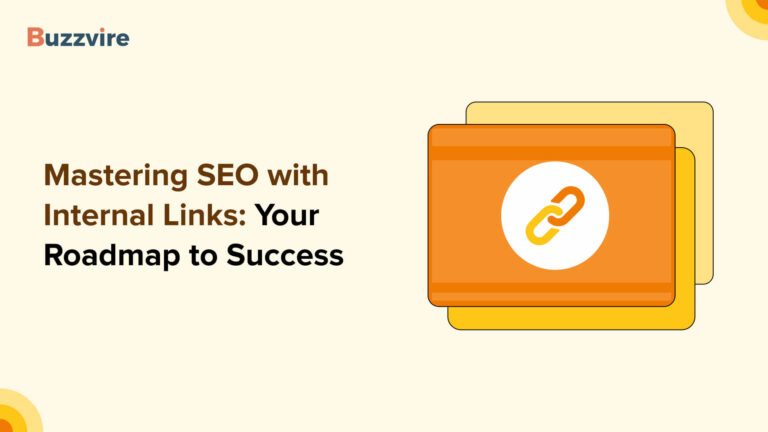A proper SEO-optimized website is like a well-oiled car. To ensure optimal performance, you must look at several aspects. For a website, an SEO audit encompasses the on-page content, off-page, technical, structure, and user experience for an organic search engine performance.

The way a mechanic uses specialized tools for inspecting car parts, an SEO service involves analyzing website performance using tools like website crawl history, visibility, and rankings in search engine results pages. Some popular comprehensive SEO audit tools are Google Search Console, SEMrush, Ahrefs, Moz, and Screaming Frog. Irrespective of the size and age of your website, the SEO audit fundamentals remain similar. Read on to get a complete understanding of SEO audit for your website.
Overview of the steps involved
A thorough SEO is an excellent start to identifying the issues affecting your website’s search engine performance. On-page, off-page, and technical are three broad steps for a complete audit. Let’s see a step-by-step guide to conducting a comprehensive SEO Audit.
Step 1: Setting Up for the SEO Audit
Defining goals and objectives
Everything starts with what you’d like to achieve with the SEO process. State your goals for your website and prioritize them. You could want to:
- increase traffic
- stay ahead of competitors
- boost brand awareness
- generating leads and conversions
In this SEO Audit checklist for your website, start with the most important and work down to the bottom of the list.
Identifying target audience
Knowing your ideal customer is one of the key elements of a comprehensive SEO audit. If yours is an existing website, understand your current customers and see if you want to widen your range. Next, conduct market research by analyzing industry reports, customer surveys, and other focus groups to narrow your target audience’s needs and preferences.
How to gather the necessary tools and resources?
You may have searched for “How to identify and fix SEO issues in your website” and wondered, “What would I need to get started?”. Of course, the answer lies in what you want to achieve from the audit. Once that is clear, the budget is often the next step. Then, based on your website size and SEO budget, you can also consider paid tools for the audits. Free tools like Google Search Console, Screaming Frog, and Google Analytics give you a good start to spot significant issues. But paid tools like Ahrefs, SEMrush, and Moz Pro give you an in-depth perspective on the finer issues and how to resolve them.
Step 2: Technical SEO Audit
Checking site speed and responsiveness
A slow website does not just push visitors away but also badly affects your search engine ranking scores. On the other hand, your website will show up in the SERPs if it is responsive on all devices and if it promotes a good user experience.
Need to evaluate site architecture and URL structure
Analyzing a website’s architecture and URL structure is like creating a blueprint for a building. Your website menu and other navigation must include a well-organized site architecture and URL structure. It must be simple and quick for engines and users alike to navigate and understand a website’s content quickly.
Analyzing robots.txt file and XML sitemap
An XML sitemap tells search engines – “Here’s my site; these are the pages you can crawl through to understand my website.” While robots.txt says, “You can skip these pages as they’re not useful to my site visitors.” Typically you’d include login pages, admin pages, and others that don’t add value to the users.
How to verify HTTPS implementation and security?
Ensuring the safety of your web is a priority. When a website uses secure SSL/TLS encryption, the URL will begin with “https://”. As a result, rank better in search engines with certain websites for your customers’ trust.
Assessing mobile-friendliness
55% of website traffic comes from mobile devices. This statistic alone highlights the importance of having websites that work well with mobile phone browsers.
Step 3: On-Page SEO Audit

Conducting keyword research
Keywords are like the key to the door of your website. With the right keywords, your websites can rank in the SERPs to convert them into visitors and, eventually, customers. So pick the relevant keywords for your industry and the search terms and queries your target audience will likely search.
Analyzing title tags, meta descriptions, and header tags
When showing relevant content in search engines, meta titles, descriptions, and tags are crucial. Ensure no missing titles and descriptions and keep them per the recommended length. Keep titles unique and under 60 characters, while meta descriptions should be about 160 characters. Evenly place H1, H2, H3, etc., in your content for increased readability.
Assessing content quality and relevancy
Nobody likes to read things that are said repeatedly or don’t enhance the value for the reader. Search engines look for fresh, original, and engaging content. Update older blogs with relevant content that talks about the proper context.
Checking for duplicate content and canonicalization issues
If one or more of your website page content is similar, consider consolidating or making the content unique. Else you may see a negative impact on your website rankings. A canonical tag is an HTML tag that tells the search engine the version of a web page to prioritize. This practice index and display pages in search results, preventing duplicate content issues.
Reviewing internal linking structure
You want your website visitors to spend the maximum time on your site. You can encourage them to read with a responsive website with proper internal linking of pages. Identify and fix broken links or redirects to improve your website’s SEO score.
Step 4: Off-Page SEO Audit
Assessing backlink quality and quantity
After discovering the manipulation of the number of backlinks, search engines prefer quality over quantity. Backlink quality determines how much link juice, value, or equity it passes to your page. Quality backlinks are rated better for higher domain authority and content relevance too.
How will you evaluate social media presence and engagement?
Although there’s no direct influence of social media on SEO ranking, it can play some part in helping you get noticed. The shares, likes, and comments your posts receive may signal to search engines to rank your website.
Analyzing online reputation and brand mentions
Search engines analyze brand mentions when considering website reliability. A brand that has majorly positive reviews and feedback makes a reliable one to show in search results.
How to monitor local SEO signals?
Tools like Google Analytics and Google Search Console enable your prospects and customers to monitor local searches. Even if you don’t have an offline store, it helps to pay attention to what your target audiences may be looking for in various countries and city sub-regions.
Step 5: Reporting and Action Plan
Summarizing findings and recommendations
Documentation must know the efforts and time needed to complete all actions. Revisit your website SEO goals from the first step and assign the order or importance.
Give Priority action items based on impact and effort
Well, no report is any good without any action. Take cognizance of the activities that will bring your website the most positive impact. It would help if you started with them first. You must assign a budget and resources to complete and maintain the job.
How will you create a timeline and assign responsibilities?
Once you define your goals, milestones, and processes, you must outline the resources to complete the tasks. Then, periodically review your goals and reorder the sub-actions as required to keep up with the industry and competition.
Conclusion
SEO audit planning and its implementation is time-consuming. But ranking higher in the SERPs and increasing web traffic are among the many benefits of conducting a comprehensive SEO audit. Identify potential issues that are preventing you from achieving your SEO goals. SEO optimization is an ongoing process you can complete regularly. Also, you must note search engines update their algorithms to prevent manipulation and encourage organic growth. This period may undo your efforts to improve your SEO score. Monitor the trends and try combining techniques and tools for the best results.








